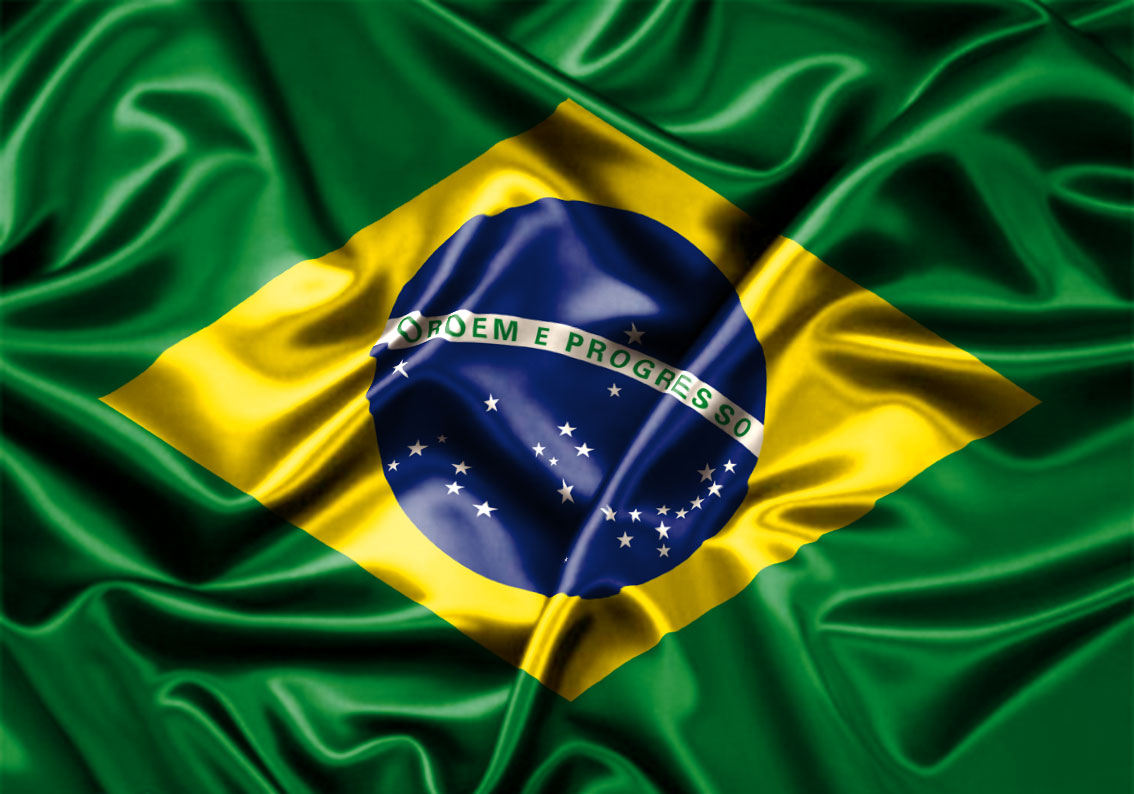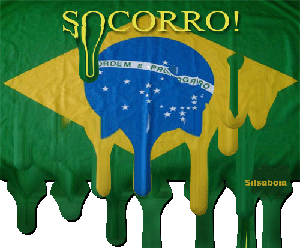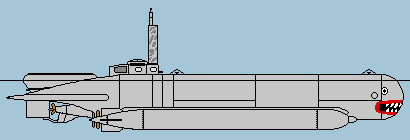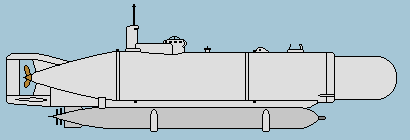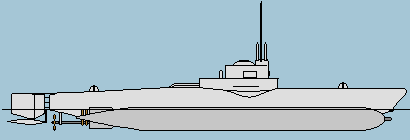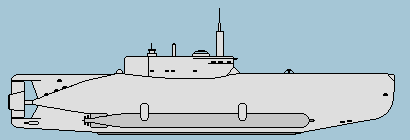KRIEGSMARINE SHIPS
UBOATS
When talking about the German Kriegsmarine in World War II, the German U-Boats are often the first thing that comes into mind. At the outbreak of the war of the war, Germany had 57 U-Boats, most of them not capable of operations in the Atlantic. It was planned to build about 250 in the Naval construction program called Z-Plan, but since this plan was never realized, Germany entered the war with a much less number of submarines than the allied nations. In following 6 years, over 1100 boats were built, and was often seen as the biggest threat to Great Britain in the whole war.
Those submarines operated in all oceans of the world - from the North Sea, to the Atlantic, the American Coast (Operation Donnerschlag), the Arctic and even the Indian Ocean and the Pacific - until mid 1943 they were superior to their allied hunters. But with the introduction of radar, Huff Duff, and a continuous air cover for allied convoys, the former hunter got the hunted, even the introduction of new, revolutionary Submarines like the Type XXI could not change this.
Besides their success in the early years of the war, the U-Boats paid a terrible price for it. About 80% of all U-Boats were destroyed, 28.000 of the 40.000 U-boat personal were killed during the war, 8.000 were captured.
Since detailed information for all U-Boat classes and single ships would be too voluminous for this web page, only a short overview about the single U-Boat types is given here.
 Typ I
Typ I
Experimental Atlantic U-Boats build in the mid 1930s
The Type I was an experimental submarine type build in 1934/35 designed for Atlantic operations. Based on submarines build for
Turkey in 1932, only two of these U-Boats were build. Both were lost very early in World War II.
 Typ II
Typ II
Small costal U-boats, the so-called "Einbäume"
The U-Boat Type II was the first class of U-Boats built in Germany after the Treaty of Versailles. They were designed using the
Finnish coastal submarine "Vesikko " (Mink) as the prototype. This boat was designed by Ingenieurskantoor von Schepsbouw in Netherlands in 1931, which was led my German U-Boat constructors.
Being quite small boats, the so called "Einbäume" were limited by their small range and limited load of torpedoes, but were very
maneuverable and had a fast diving speed. About 46 of these coastal submarines were build, at the outbreak of the war those boats were the backbone of the German U-Boat fleet.
Since the first variants (IIA) were limited by their short endurance, later versions (IIB-IID) were lengthened to increase fuel load, the technical data shown above represent the Type IIB. While none of the German Type II boats is left today, the Vesikko is still existing as a museum ship in Finland.
 Typ VII
Typ VII
The most build German U-boat during World War II
With over 650 boats build, the Type VII was the most important submarine in the German Kriegsmarine. Built between 1936 and 1944 those boats mainly operated in the North Atlantic, and were known for the so called "Rudeltaktik" - a simultaneous night attack of several surfaces U-Boats on allied convoys. Besides torpedo attacks they could also be used for mine laying and were well known for their maneuverability and fast diving speed. Shortly after the introduction of the first model a improved version with a better maneuverability (Type VIIB) was built. The most built variant was the Type VIIC whose variant Type VIIC/41 was made of thicker steel to increase the diving depth. Other variants include the mine laying Type VIID and the torpedo supply variant Type VIIF. Today, one of those boats, U995 , is on display in Laboe, Germany.
 Typ IX
Typ IX
Large U-boats for long distance operationes.
Besides the Type VII , the much larger Type IX was the second important submarine class of the Kriegsmarine. Built for long range operations, those boats operated around the world - the South Atlantic, Indian Ocean, and even the Pacific was their operational area, but they were also used in the North Atlantic, especially during Operation Drumbeat (Paukenschlag) - the U-Boat offensive at the American coast. Caused by their bigger size, those class of ships was not so maneuverable than the Type VII , making them more vulnerable. There were several subtypes of the Type IX (A,B,C,D) the last one slightly bigger than the rest and also used as transport submarines to Japan.
Of the over 300 boats build, only one (U505 ) still exists today as a museum ship in Chicago.
 Typ X
Typ X
A small class of large mine layer U-boats.
The 8 Uboats of Typ X were the largest submarines used by the Kriegsmarine in World War II. Originally designed especially for
mine operations, those big ships were also used to transport duties. Two of those boats survived the war, one by entering an US port in May 1945 (U234 ) while U219 was taken over by the Japanese Navy in the same month and further used as I505 .
 Typ XIV
Typ XIV
Only lighly armed supply U-Boats.
Since the Kriegsmarine had no bases in other parts of the world (although some U-Boats operated from Japanese bases in the
Pacific), the U-Boats depended on supply ships. After surface ships proved to be too vulnerable the idea of a supply submarine was born - the so called "Milchkuh" (Milkcow). Based on the successful Type VII design, the Type XIV could carry 4 spare torpedoes and over 400 ts of diesel fuel, while its own armamment consisted of anti aircraft guns only. The first of the 20 boats build was put into service in 1941 and they were useful for submarine operations in distant areas. But caused by their very bad maneuverability and diving speed, all were sunk by allied forces during the war.
 Typ XXI
Typ XXI
The first real submarines - the so called "Elektroboote"
The Typ XXI was the answer to the increasing danger to German U-Boats by allied anti submarine forces in the second half of the war. Due to their powerful electrical engines and hydrodynamical shaped hull, those very advanced submarines were faster submerged than on the surface. The boats were built in sections to increase the production numbers, but although more than 134 were build only 7 of the new "Elektroboote" (Typ XXI and XXIII ) operated against allied forces. The design of the Typ XXI influenced the submarine construction in many countries after the war, e.g. the Russian W-Class was based on them.
After the war, the former U2540 was raised and entered service in the Bundesmarine as Wilhelm Bauer , it is now on display in Bremerhaven, Germany.
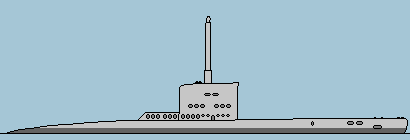 Typ XXIII
Typ XXIII
Modern costal U-boats, build at the end of the war.
Like the Typ XXI , the small coastal U-Boats of the Typ XXIII were a new step in submarine design. Build as a replacement of the old Typ II , those boats were faster submerged than on the surface, caused by their powerful electric engine and hydrodynamical shaped hull. Although more than 300 boats were ordered, only few were completed and even fewer got operational (see Typ XXI ), but those few proved that they were capable to operate even with the heavy allied anti submarine warfare in the second half of the war. Two of those boats were used by the Bundesmarine after the war (U2365 , U2367 renamed to Hai and Hecht )

